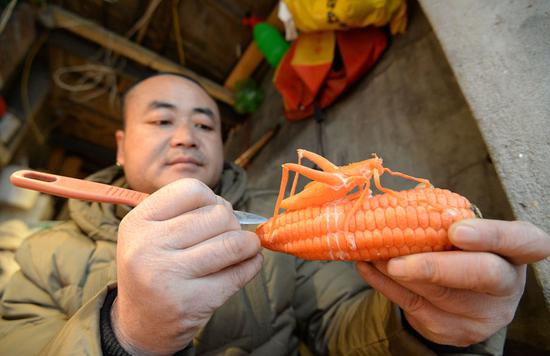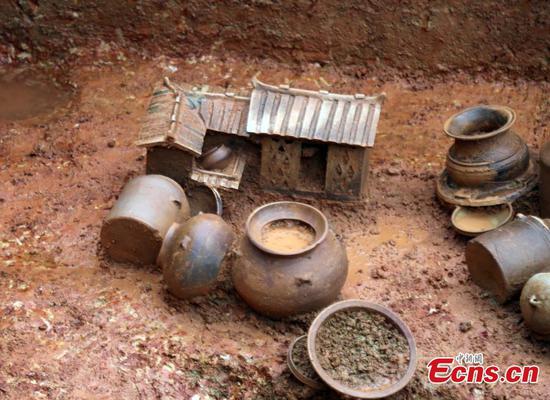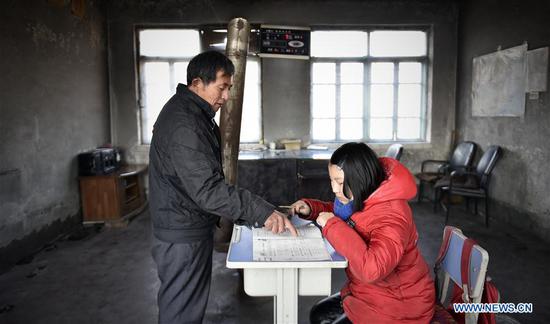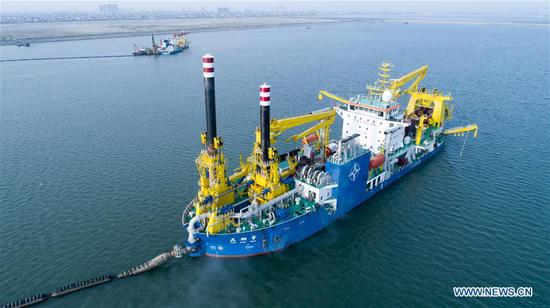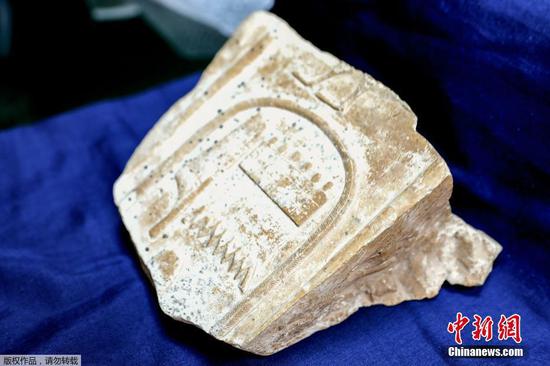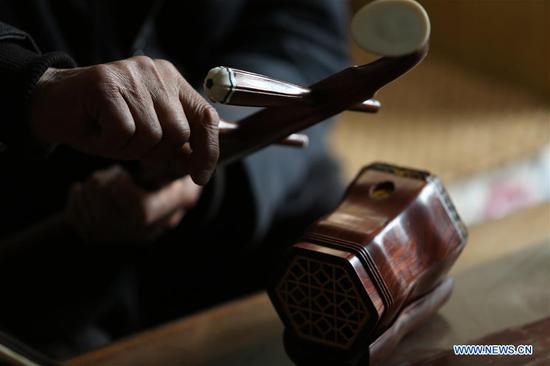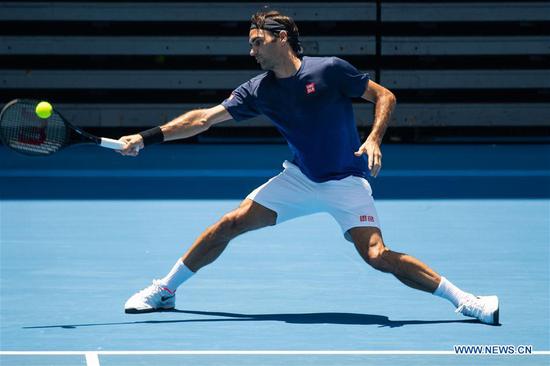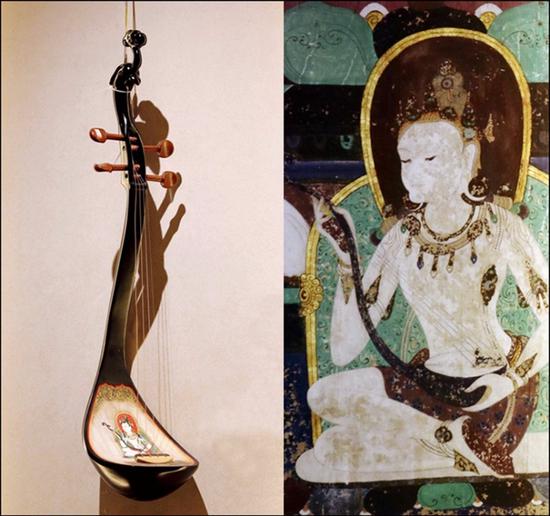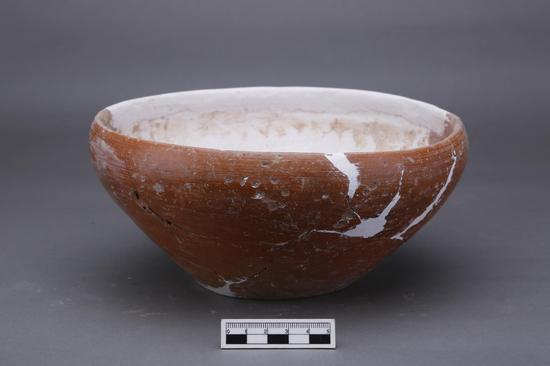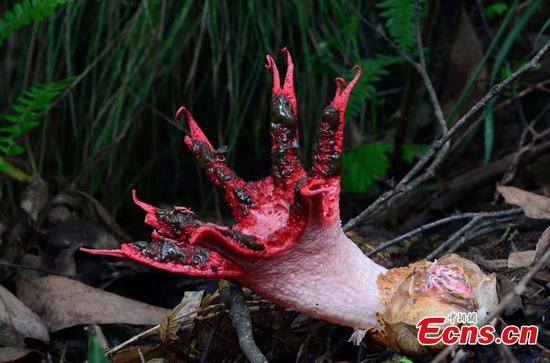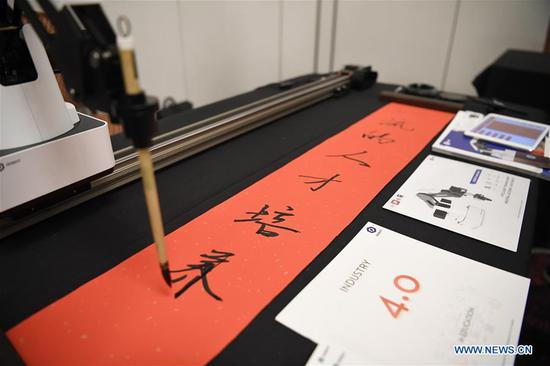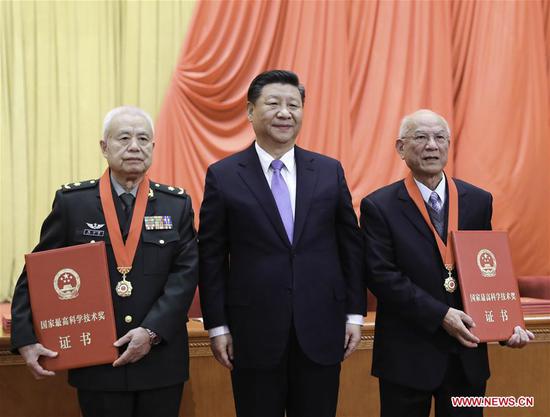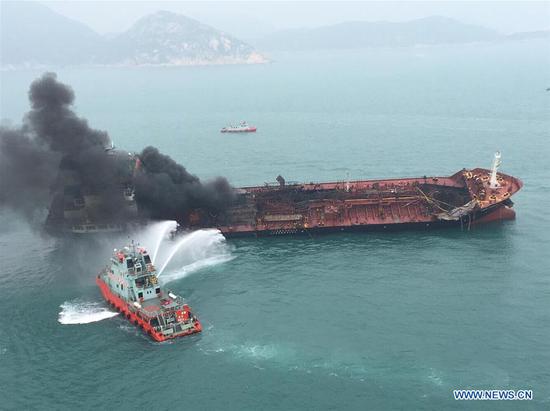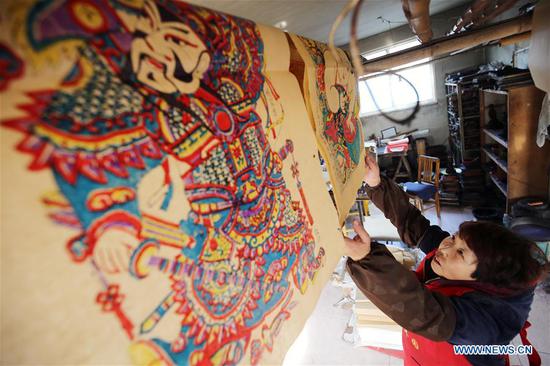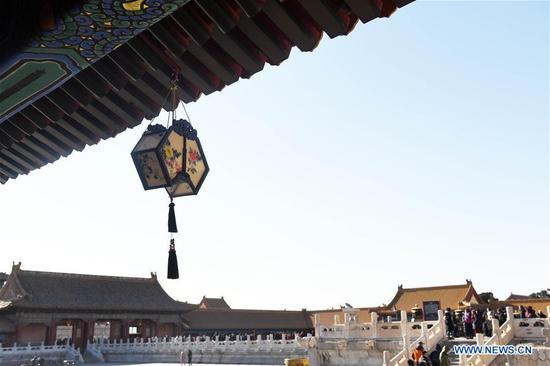
A design for the Chih Yuen is kept in archives in Newcastle upon Tyne, England. (Photo/Xinhua)
Sa Su, a historian who studies wars between China and Japan, said the new findings also show there is a possibility that Deng, the captain, had not intended to ram the Yoshino, but had aimed to move as close as possible to it to increase the accuracy of a torpedo attack.
"This would have been a fatal gamble as well, since it would have exposed the ship to close fire from the Japanese fleet. It is highly possible that its boiler was hit during this time," Sa said.
In 2014, the Underwater Cultural Heritage Center signed a cooperation agreement with Dandong Port Group, funding it to protect the shipwrecks for the next five years. Since then, at least one tugboat has been sent to patrol the waters near both wrecks every day.
Song Peiran, the group's vice-president who is in charge of the protection work, said the company is required to protect cultural relics, as the shipwrecks were found in waters near the port.
According to Chen Yue, chairman of the Society of Chinese Navy History, the Japanese navy returned to the waters on Sept 18, 1895, in an attempt to salvage two sunken warships, including the Chih Yuen, but failed. It used a torpedo to sink a half-submerged light cruiser abandoned by the Chinese navy during the war.
Residents of Dalu Island, which covers 6.6 square kilometers and is just over 18 km from the scene of the Chih Yuen sinking, said their grandparents told them that in 1894 they had saved the lives of many wounded Chinese sailors.
They also said the Japanese navy sailed to the area in 1937-when a diver from Japan died in the salvage attempt-and also in 1938 to dismantle iron and steel parts from the wrecks. The parts were piled on the island before being taken to neighboring Dalian, Liaoning, for recycling to make new weapons for Japan during the War of Resistance Against Japanese Aggression (1931-45).
Yu Kaichen, a fisherman from Dalu Island, said his grandparents had told him that before the Japanese arrived in 1937, the main masts of some sunken warships could be seen when the tide ebbed. Fishermen had to steer clear of the waters in case their nets became entangled in the wrecks.
Li Manxian, another fisherman from the island, said his father was employed by the Japanese to supply oxygen to a diving machine. He told Li that Wang Xunian, a diver from Dalian, had been hired by the Japanese to install explosives to break up the iron and steel parts.
Records show that Wang found a skeleton in the Chih Yuen's wheelhouse and brought this back to Dalu Island, where it was buried and worshipped by locals who believed it to be that of Deng, the captain. The tomb became a tourist attraction in 2002.
But Chen said there are no records in Japan of the salvage attempts made in 1937 and 1938, and according to witness accounts, Deng was on deck while his ship sank, and he drowned together with his dog, who was trying to save him.
The divers' findings match accounts of the Japanese salvage attempts by the islanders, as only the Chih Yuen's hull remains, with all the equipment on deck being destroyed, said Li Feiyan, who took part in the underwater investigation. Li also said some sailors' remains were found in the hull.
Following the success of the TV play Beiyang Fleet in the 1990s, many people donated money and urged the central government to salvage the wreck of the Chih Yuen. However, due to a lack of technology and funding, the project was unable to go beyond locating the waters where the ship sank.
Chai Jun, a researcher with the Chinese National Academy of Arts and one of the project initiators, said, "Supporters said we were salvaging the soul of the nation, but we underestimated the difficulty of the work."
Zhang Zongyi, who chairs the Dalu village committee, said, "If the Chih Yuen was salvaged today, all the 3,400 residents of Dalu Island would support this, because it would provide the island with a golden opportunity to develop tourism."
Some experts also support salvaging the wreck of the most legendary warship in China's naval history.
Xu Hua, a researcher of the Sino-Japanese War with the Chinese Military Museum, is one of them. He said an important reason that the studies on the war have made no progress over the years is a lack of source materials and items, meaning that researchers can only rely on old files.
"Salvaging the Chih Yuen would provide a large amount of first-hand material to provide a breakthrough in research on not only the war but also China's naval history," Xu said.
However, salvaging the vessel is not on the National Cultural Heritage Administration's agenda.
Zhou said the focus is now on archaeological survey work, which is different from a salvage operation or preparing for one.
"A large-scale archaeological survey has not been started. It takes a long time to pump out sand and mud, and screen this carefully for any valuable items. Only completion of an archaeological investigation will provide suggestions on whether or how to salvage the wrecks," Zhou said.

















